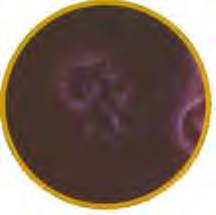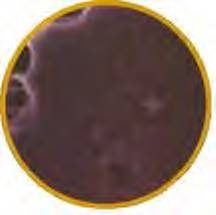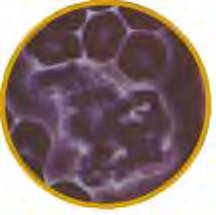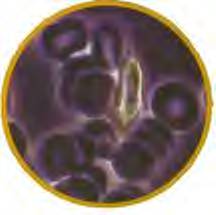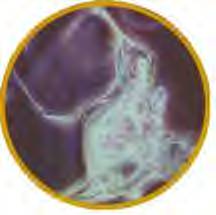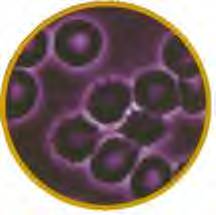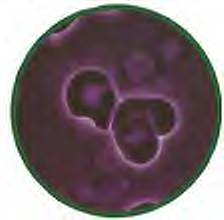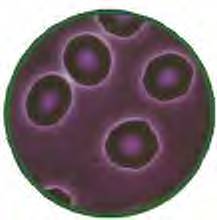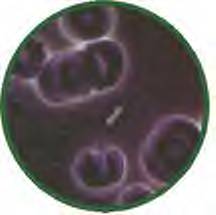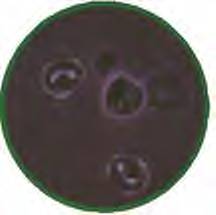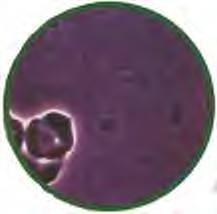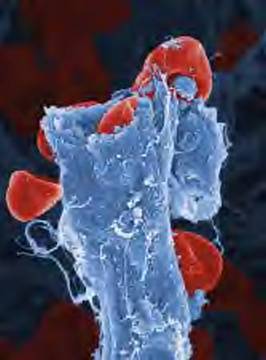 At Shangri La BioSpa & Resort we are committed to providing the most effective evidence-based healthcare and treatments possible from the minute you arrive. While we wait for your lab results to return from the States & Germany, we employ live blood cell analysis to support an aggressive
Targeted Nutritional Therapy
that immediately begins correcting any conditions that may present themselves in the blood cell analysis. Live blood cell analysis is an excellent complement to our extensive list of laboratory tests we perform on our patients. It is just one of our many diagnostic procedures we use to provide a truly evidence-based treatment for you.
At Shangri La BioSpa & Resort we are committed to providing the most effective evidence-based healthcare and treatments possible from the minute you arrive. While we wait for your lab results to return from the States & Germany, we employ live blood cell analysis to support an aggressive
Targeted Nutritional Therapy
that immediately begins correcting any conditions that may present themselves in the blood cell analysis. Live blood cell analysis is an excellent complement to our extensive list of laboratory tests we perform on our patients. It is just one of our many diagnostic procedures we use to provide a truly evidence-based treatment for you.
There are many conditions directly related to alcohol and drug addiction that can be verified with live blood cell analysis, and we can therefore immediately stabilize our patients to both begin the healing process and minimize transitional discomfort (withdrawal). Advanced Glycation End (AGE) products are a very common condition for those with a history of legal/illegal drug and alcohol abuse. Hardening of the myelin sheath (cell wall) causes waste to be trapped in the cell and nutrients unable to get in as well as dramatically reduces communication between the cells. All this can be quickly corrected within the first few days to expedite your detoxification phase of treatment and any transitional discomfort by softening the cell walls and assisting nutrient delivery. Live blood cell analysis quickly identifies nutritional deficiencies while we wait for your other laboratory results from the U.S.
AGE is just one condition known to those with a history of toxic overload. There are many other conditions of the patients health and biochemistry that can be discovered through live blood cell analysis. This method supports further research and diagnostics to develop a truly individualized and accurate treatment to cure the addiction and its underlying cause.
Live blood cell analysis can also expose other health conditions that may complicate or impede your full recovery. Some examples are yeast overgrowth, bacterial infections, immune system issues, fungal infections, oxidative stress, infectious disease and degenerative diseases. These can be quickly identified and addressed to assist your full expeditious recovery.
Our Aligned with Nature/Supported by Science approach to your health is what makes our scientific approach so appealing to patients at Shangri La BioSpa & Clinic. We take all the guesswork out and put your confidence in. And when we have your confidence, the belief system is incorporated into treatment. This is the most powerful contributor to each and every successful treatment strategy.
Live blood cell analysis is used not only at the beginning of your treatment, but also as an effective way for you and your healthcare practitioner to monitor your progress throughout your treatment program.
Live Blood Cell Analysis Procedure and Examples
Courtesy of HealthEnlightenment.com
Live Blood CellAnalysis is carried out by placing a drop of blood from the fingertip on a microscope slide under a glass cover slip to keep itfrom drying out. The slide is then viewed at high magnification with a microscope that forwards the image to a television monitor. Both practitioner and patient can then see the blood cells. The results are then used as a basis for anaylsis. A single drop of blood contains a mass of information which can be used to assess an individuals current state of balance/imbalance. This procedure is also called live cell analysis or nutritional blood analysis.
Blood is the most important organ in the human body. It provides every cell with the oxygen and nutrients it needs. It is the system through which toxins and waste products are carried to the organs of elimination. So it stands to reason that if the blood is not in an optimal state then this will affect the rest of the body.
The pictures below are courtesy of the Enzymology Research Center, Inc.* and are presented to show the relationship between various conditions and the blood.
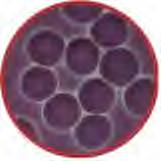 Normal Red Blood Cell (RBCs)
Normal Red Blood Cell (RBCs)
The circulatory system is the means by which oxygen, nutrients, antibodies, and hormones are transported to the cells to keep them alive and functioning. This is how our blood looks when we are experiencing optimum health. The Erythrocytes (cells) are round and separated and move through the capillaries very easily. The average size of healthy RBCs is 7.2 microns |
|
|
|
|
|
|
|
|
|
|
|
|
|
|
|
|
|
|
Fat, Protein, and Liver Congestion
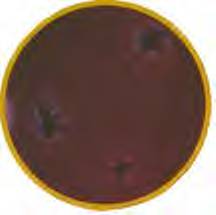
|
Normal Thrombocytes (Platelets)
|
|
|
Thrombocyte Aggregation
|
|
|
Spicules (Fibrin)
|
|
|
Chylous
|
|
|
Plaque
|
|
|
Uric Acid Crystal
|
|
|
Cholesterol Crystal
|
|
|
Echinocyte
|
Immune System, Parasites, Bacteria, and Fungal Forms
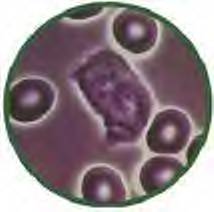
|
Healthy White Blood Cell
|
|
|
Yeast
|
|
|
L-Form Bacteria
|
|
|
Rod Form Bacteria
|
|
|
Parasitized Red Blood Cells
|
|
|
Fungal Forms
|


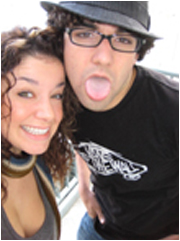



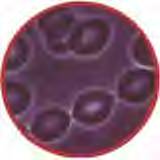 Protein Linkage
Protein Linkage
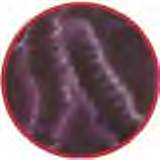 Rouleau
Rouleau
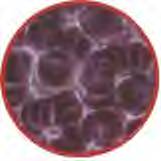 Erythrocyte Aggregation
Erythrocyte Aggregation
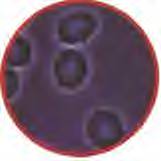 Poikilocytosis
Poikilocytosis
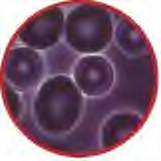 Microcyte
Microcyte
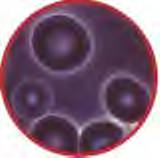 Macrocyte
Macrocyte
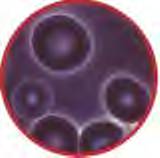 Anisocytosis
Anisocytosis
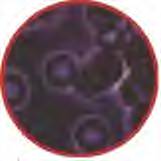 Target Cell
Target Cell
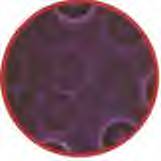 Hemolysis
Hemolysis
